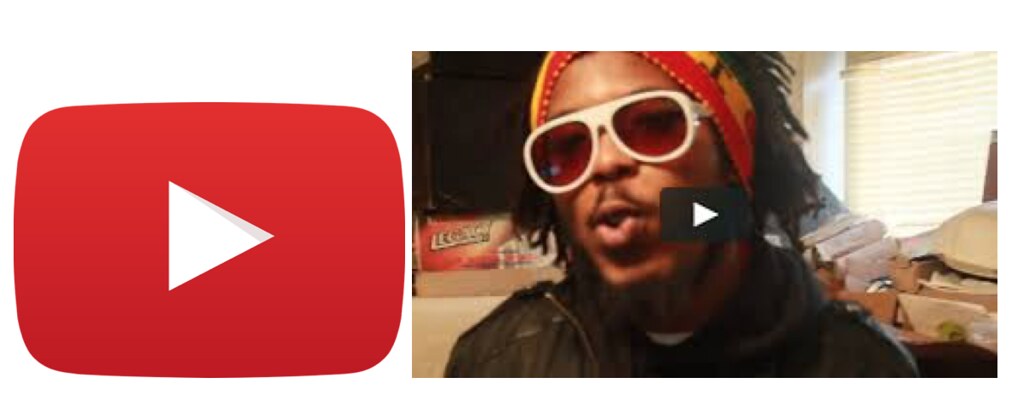What is Creative Commons? How do you know if something is in the public domain? What does all this have to do with copyright?
There are a lot of ways you can incorporate images, videos, and even music into your videos without violating anyone’s copyright. You could use your own content, content in the public domain, content available through Creative Commons, or content that is someone else’s but your use is fair use.
Generally, copyright law protects the creator of a copyrighted work by guaranteeing the creator or owner certain rights. These rights include reproducing the work, distributing copies of the work, publically displaying the work, creating derivatives of the original work, and performing the work. Once an expression is captured in a tangible medium, the creator owns the copyright to that expression. In your case, as soon as you take a selfie of your OOTD or record your friends doing the floss dance on your phone, you own the copyright in that photo or video because you were the one to capture it in a tangible medium.
The best way to avoid any infringement issues is to create and display your own content for your YouTube channel. Post a selfie of yourself with your BFF. Post a pic you took of the high school mascot. Then you’ll own all that content.
The next best source of content would be the public domain, where no one owns that content anymore and it is free for anyone to use. The problem is public domain material is really old –– think Tom Sawyer written by Mark Twain or The Wonderful Wizard of Oz written by L. Frank Baum. Nothing that is really new or relevant has become part of the public domain in a long time, so you might not find any usable material there.
If you’re creating a documentary style channel, then you probably need to be able to use material owned by other people. So . . . Creative Commons may be an option for you. It’s an organization with a lot of content whose owners let other people use their works, with a few restrictions. Maybe somebody shot a video of the high school basketball game you attended and labeled it with a Creative Commons symbol. You can add a video clip to your Day-in-the-Life documentary, just give the videographer credit. It’s not public domain because someone still owns the video, but if it has a Creative Commons label it is pretty accessible and useful, especially if you’re on a budget.
The last resort is to use someone else’s content –– photos, videos, or music –– and change it enough so you can claim your taking of the content is fair use. This can be a risky option, though.
Best: Use your own content!
It’s pretty much impossible to violate your own copyright. If you want to be sure that you’re not infringing on anyone else’s work, then make your own! Record your own stuff, take your own pictures and use it on your channel. Most of the vlogs on YouTube fall into this category. When Tyler Oakley records a Q&A, he owns the copyright of that video.
Better: Using content in the public domain
The public domain is pretty awesome –– it’s free content that anyone can use. Writers have pulled material from famous old books and plays to bring us such classics as She’s the Man, West Side Story, and The Lion King (all adaptations of Shakespeare plays). The problem with the public domain is that there’s not a lot of recent material in it, which is probably the kind of content you’re looking for. You’re not going to find any Drake or David Bowie in the public domain. In fact, for sound recordings made on or after 1972, the earliest year that any songs will become public domain is 2043. Who knows if we’ll even have smartphones then, let alone if YouTube will still exist? Maybe we’ll be creating content through camera implants in our eyes!!
If you want to find a bunch of e-books that are now in the public domain, check out: www.Gutenberg.org
Good: Use content in the Creative Commons
Contrary to popular belief, Creative Commons is not the public domain. All the content within Creative Commons is owned by its creator. It’s just that that person is a pure soul cinnamon roll who is willing to share his or her work with the world for free.
Creative Commons is a nonprofit organization that offers licenses for copyright owners, which allow secondary users, like you, to use those copyrighted works in specific ways. Basically, when putting a work out in the Creative Commons, the creator attaches one of six different licenses to the work. Each license has different requirements, but all of them at the very least require you to acknowledge the original creator. Basically, if you source it, you can use it. Some of the licenses restrict use based on whether it is commercial (earns a profit) or noncommercial, and whether you are making a derivative of it (changing the original into something based off it).
Creative Commons also allows creators to waive all copyright interests in the work. This puts the work in the public domain, and you’re in the clear.
To know if a work is in the Creative Commons, look for a symbol like this:
Find the Creative Commons here, where you can search for content to use.https://creativecommons.org/
Tricky: The Fair Use Defense
The Fair Use Defense is often relied upon by content creators, especially by people on YouTube like The REACT Channel from FBE and CinemaSins. The basic idea of fair use is that someone other than the owner can use the owner’s copyrighted content for a limited purpose, such as criticism, news reporting, education, scholarship, or research without infringing the owner’s copyright. This means that REACT and CinemaSins can show what’s essentially an entire movie or music video without infringing because they fall squarely in this defense: They’re using the works to criticize or comment on the original work. The Fair Use Defense was actually created based on the ideals of free speech because, you know, #criticsgottacriticize. The Fair Use Defense also has a four-part test that determines whether the use is fair or not. You can read more about the Fair Use Defense here.
The issue with relying on fair use is that it requires a complex legal analysis -- and ain’t nobody got time for that! On your YouTube channel, if you’re not specifically commenting, critiquing, or reporting on the content, or using it in some sort of educational or research way, you have to embark on the journey of the four-part test or risk having YouTube take down your video. This includes using Chance the Rapper songs –– or anybody else’s songs –– for background music. That’s why a lot of YouTubers have instrumental music on their videos that they’ve probably made themselves on a music editing program.
If you ever want to make a documentary or other visual art, the Center for Media and Social Impact has a lot of resources that would be helpful to you, including guides for Fair Use in Documentaries, Journalism, and the Visual Arts.
Have questions about free speech rights?
Send your questions our way, and we'll have our team find you an answer. Keep in mind, we’re not actually your lawyers and aren’t representing you. We can definitely help clear some things up and give you some info, but if you need actual legal help for your situation, you should find a lawyer in your area. And don't worry, any information we collect is only for our own research, and we won’t share it or sell it to anyone.




